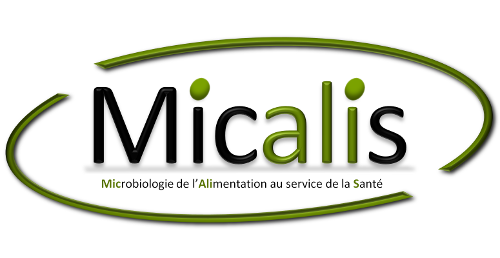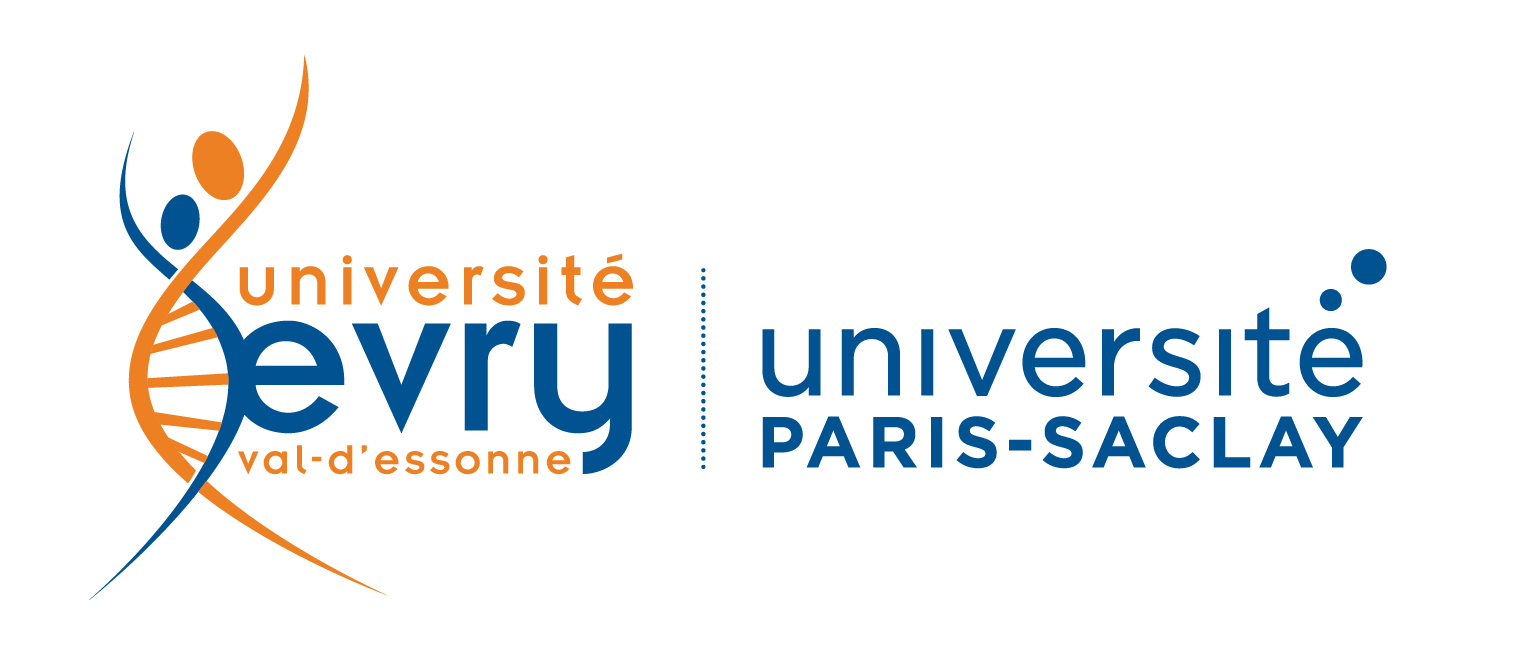Compound toxicity screening and structure-activity relationship modeling in Escherichia coli, Biotechnology and Bioengineering
Synthetic biology and metabolic engineering are used to develop new strategies for producing valuable compounds ranging from therapeutics to biofuels in engineered microorganisms. When developing methods for high-titer production cells, toxicity is an important element to consider. Indeed the production rate can be limited due to toxic intermediates or accumulation of byproducts of the heterologous biosynthetic pathway of interest. Conversely, highly toxic molecules are desired when designing antimicrobials. Compound toxicity in bacteria plays a major role in metabolic engineering as well as in the development of new antibacterial agents. Here, we screened a diversified chemical library of 166 compounds for toxicity in Escherichia coli. The dataset was built using a clustering algorithm maximizing the chemical diversity in the library. The resulting assay data was used to develop a toxicity predictor that we used to assess the toxicity of metabolites throughout the metabolome. This new tool for predicting toxicity can thus be used for fine-tuning heterologous expression and can be integrated in a computational-framework for metabolic pathway design. Many structure???activity relationship tools have been developed for toxicology studies in eukaryotes, however, to the best of our knowledge we present here the first E. coli toxicity prediction web server based on QSAR models (EcoliTox server).
Planson, A.G., Carbonell, P., Paillard, E., Pollet, N., Faulon, J.L., Compound toxicity screening and structure-activity relationship modeling in Escherichia coli, Biotechnology and bioengineering, in press (2011). | doi: 10.1002/bit.24356 | PMID: 22038678



